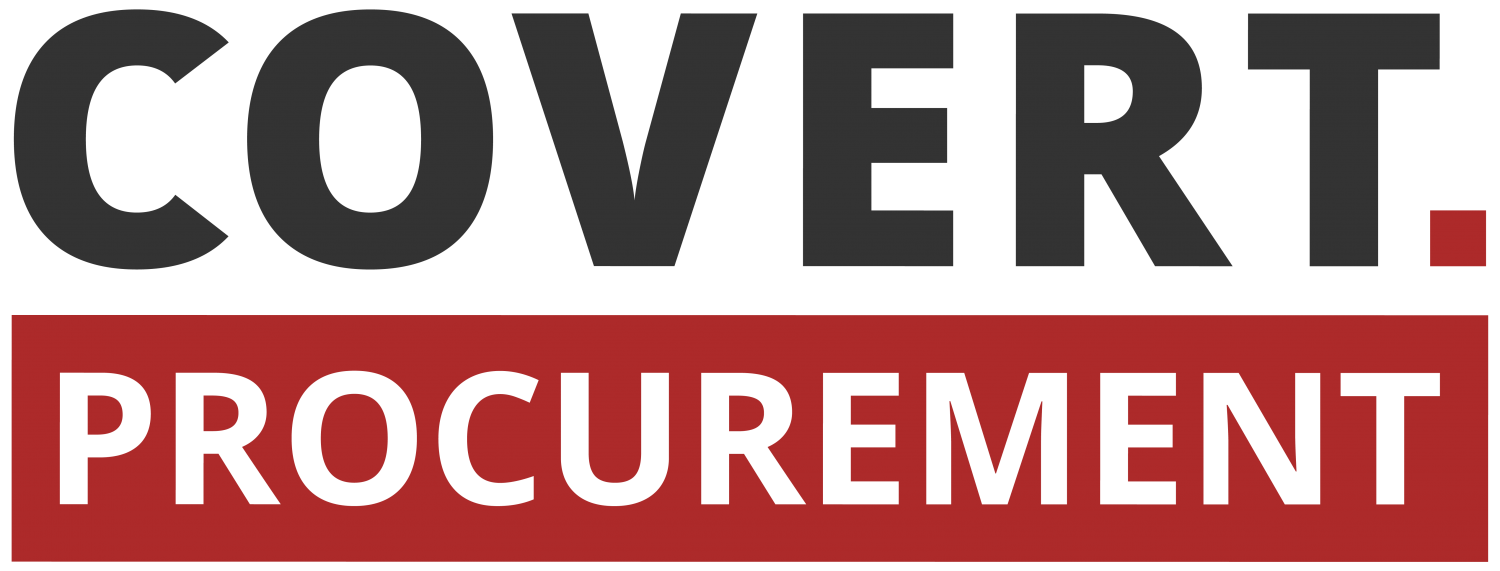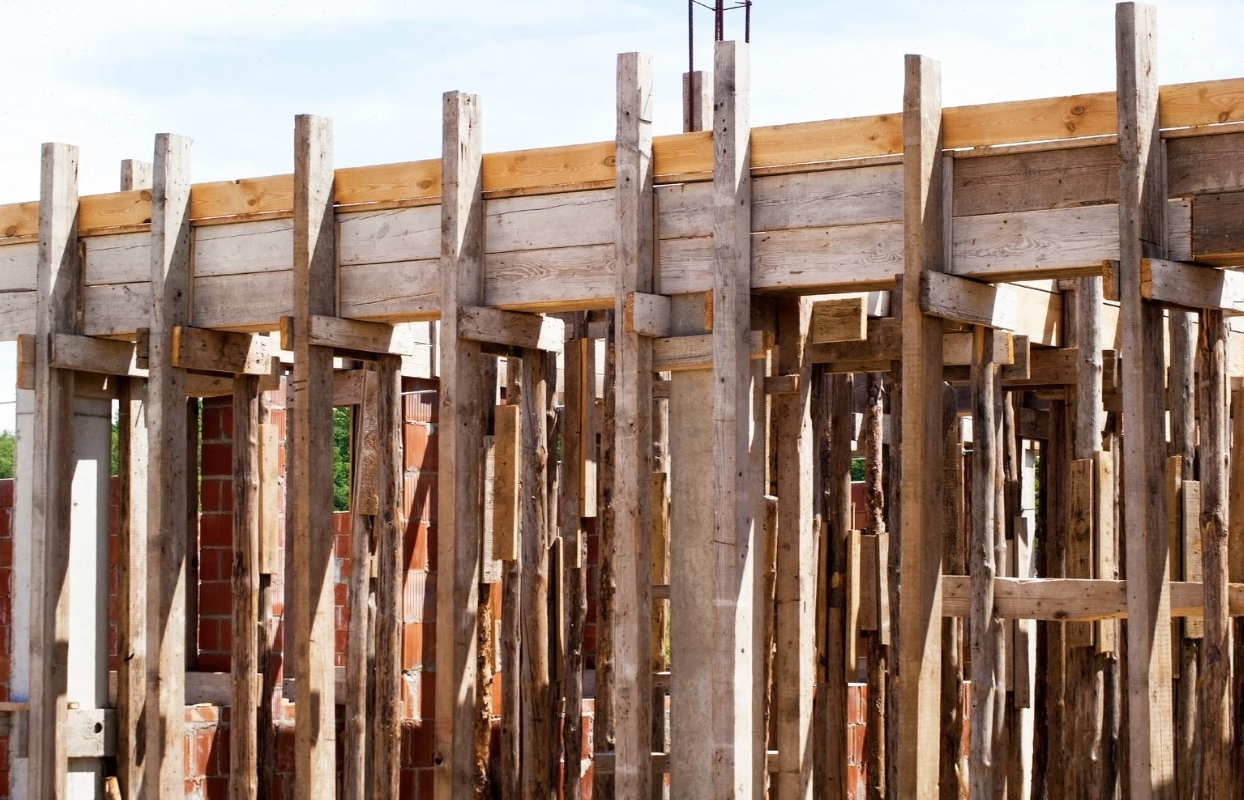Formply Australia is a high-performance plywood used to support wet concrete until it sets. In Australia, formply must meet strict strength and durability standards, especially when used in formwork. Whether you’re working with F14 plywood, F17 plywood, or looking to buy formply, it’s important to know how it’s tested and certified for structural use.
How Is Formply Tested for Strength and Durability in Australia?
Testing starts with the plywood itself. Each sheet of formply is built from multiple timber veneers, bonded with waterproof adhesive. To be used in plywood formwork, it must pass tests that check how much load it can handle, how stiff it is, and how well it resists moisture.
Typical strength tests look at:
- Bending strength (how much weight it can take before it bends or breaks)
- Stiffness (resistance to deflection)
- Bond quality between layers
- Resistance to water and surface wear
Because formply is often reused in tough conditions, the tests also check how the material holds up after repeated wet/dry cycles.
What Testing Standards Apply to Formply in Australia?
In Australia, structural plywood—including formply—must meet the AS/NZS 2269.0 standard. This standard sets out the requirements for structural plywood used in construction, including those used for concrete formwork.
It covers:
- Veneer quality and thickness
- Glue bond type (usually Type A for formwork)
- Moisture content
- Marking and certification labels
Any formply Australia builders use on site must meet these standards to ensure safety and performance.
How Is F14 and F17 Grade Plywood Tested for Formwork Use?
Both F14 grade plywood and F17 grade plywood are stress-graded to handle specific loads. Testing for these grades focuses on the plywood’s ability to carry bending loads across a span.
Here’s how it’s done:
- A sample piece is placed across two supports
- A load is applied in the centre until the sheet deflects or breaks
- Results determine whether the plywood meets the F14 or F17 threshold
F14 plywood is tested to confirm it handles lighter structural loads, while F17 plywood must meet tougher requirements for higher-pressure applications, like multi-level concrete form plywood systems.
How Do Australian Standards Certify Formwork Plywood?
To be certified for formwork, plywood must show that it meets strength, moisture, and construction requirements under AS/NZS standards. Independent organisations, like the Engineered Wood Products Association of Australasia (EWPAA), carry out third-party certification.
The certification process includes:
- Factory audits
- Product sampling
- Regular testing
- Label verification
Look for the certification stamp on the back of each sheet when you buy formply. It confirms the plywood is suitable for structural use.
What Quality Checks Are Done on Formply Before Construction Use?
Before formply hits a building site, it undergoes several quality control checks. These ensure every sheet is safe to use and performs as expected during concrete formwork.
Common checks include:
- Visual inspections for surface damage, warping, or delamination
- Moisture content testing to prevent swelling or shrinkage
- Adhesive bond testing for durability under load and wet conditions
- Overlay inspection (for film-coated formply) to ensure a clean concrete finish
These checks matter, especially if you’re forming complex shapes like plywood curved concrete forms, where stability is key.
How Is Formply Rated for Concrete Formwork Applications?
Formply is rated based on how well it holds up under formwork conditions. Ratings take into account:
- Load-bearing strength (F grade)
- Reusability (based on surface durability and edge protection)
- Compatibility with release agents
- Resistance to moisture and wear
If you’re using concrete plywood in demanding environments or plan to reuse it multiple times, F17 plywood is often recommended. It’s stiffer, stronger, and holds up longer under stress.
What Makes F17 Plywood Compliant with Australian Formwork Codes?
F17 plywood must meet higher benchmarks than F14. To be compliant with Australian formwork codes, it must:
- Pass all tests for strength and durability under AS/NZS 2269.0
- Be produced with A-bond glue (waterproof)
- Come with a verified stress grade stamp
- Be consistent in thickness and veneer layup
It’s often the go-to option in commercial construction, where safety and reusability are critical. Whether you’re forming suspended slabs or tall columns, F17 grade plywood is designed to perform.

